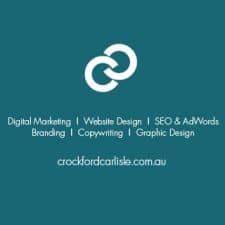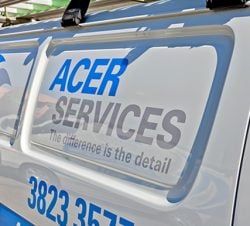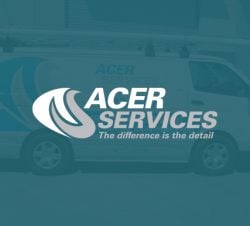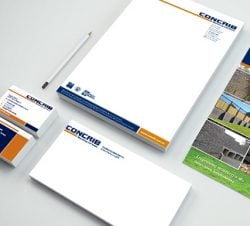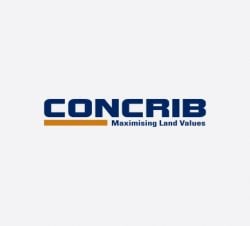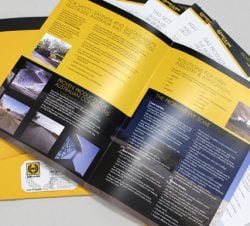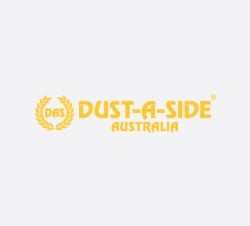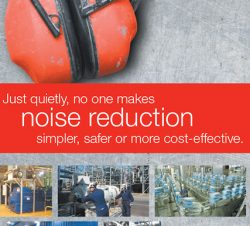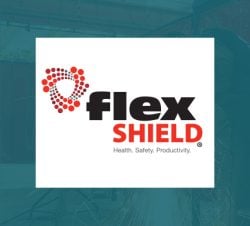At Crockford Carlisle, we’re big fans of creating quality content that will work to bring website traffic not just this week, not just until the end of the month, but for years into the future.
That’s one of the great things about inbound marketing – good quality content will keep paying dividends long after it was originally posted. In fact, some clients have found that up to 90% of the new leads they generate each month actually come from content they didn’t create or actively promote that month.
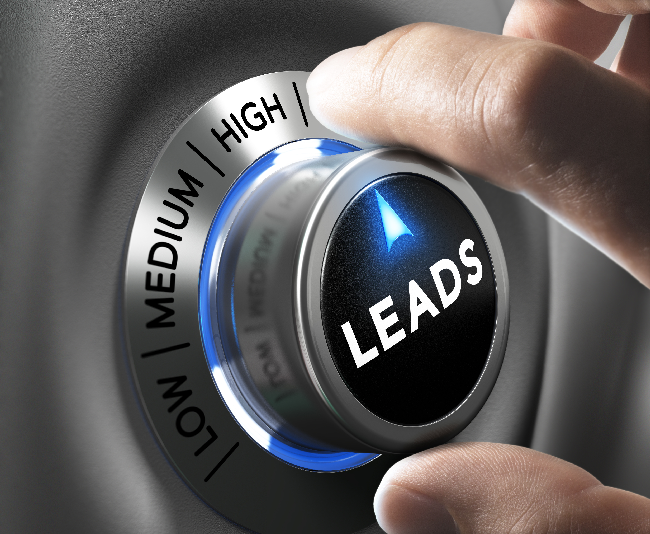
So how do you make sure your content is getting found and generating leads long after you’ve stopped promoting it through channels like email, calls-to-action, and social media? By making use of high quality Search Engine Optimisation (SEO) strategies.
Download our free eBook and learn how to get more leads, enquiries & sales from your website
We asked Crockford Carlisle’s team of content creators for their top tips for long-term lead generation.
Maximise lead generation from your landing pages
Landing pages are an especially good focus for your SEO efforts, since a high-ranking landing page will almost certainly drive new leads for you every month (that’s what they’re for, after all).
Chances are, people are already out there looking for the information that you and your business are highly qualified to provide. So make sure they can find what you have to say!
Some of the most important parts of a landing page that you should be focusing on from an SEO perspective are:
Your page title
The most important on-page SEO element for any webpage is its title, or the description of the webpage that displays at the top of your browser window. Page titles are one of the most effective ways to show both Google and your prospects what your website page’s content is all about.
To ensure a good quality, SEO-compliant page title, you should:
- KISS - Keep it short and sweet. You have only about 60 characters to play with to get across the content or offer you’re promoting. So focus on keywords, but make sure your page title is still easy for humans to read.
- Put your valuable keywords up front. It’s thought that search engines give more emphasis to keywords that appear closer to beginning of your page title. So start with your most important keywords first, and include your less important ones later.
- Use vertical dividers to separate concepts and phrases. This is still good practice as it helps search engines to divide multi-word phrases and “see” which keywords go together.
- Don’t include your business name in every page title. You should always rank well for branded searches, thanks to your website domain name and the substantial amount of content across the rest of your site. So there’s no need to waste valuable “real estate” on your business name.
Your landing page URL
Just like your page title, your landing page URL should speak to search engines about the page’s content, as well as the site structure and how this page fits among the other content on your site.
Most rules for landing page URLs are actually similar to those for page titles:
- Keep it short. Search engines show only about 65 characters in your URL – and some of these will be taken up by your domain name (that’s www.crockfordcarlisle.com.au), leaving you with only a few dozen characters to work with.
- Separate concepts and phrases with slashes. Ideally, each level of depth in your URL will have its own page of content for leads to visit.
- Organise your landing pages. Good organisation helps both search engines and people find the content they’re looking for, at the right level of depth.
- Put your important keywords at the start. As with page titles, keywords that appear earlier in a URL are given more weight than later keywords.
Your H1 or header tag
Your landing page should feature a single H1 (or headline) tag that succinctly explains what the page is about. It should contain the page’s ‘keyword theme’ early in the headline, and quickly encapsulate what the content below is all about.
With a high quality, relevant H1, you can minimise your page’s bounce rate and send a signal to search engines that your content is valuable and worthy of a prominent ranking in search results.
Further down the page, well-crafted H2s (or subheads) can be used to divide up your quality content into easily digested portions (by both Google and site visitors).
Your images’ alt tags
Because Google and other search engines can’t “see” images, it’s very important to include well-crafted alt tags on any photos or pictures you include.
Your alt text should describe either the image, or the content the image is illustrating. Remember too that alt text is used by screen readers, and is displayed when an image fails to load. So it should clearly describe the images on your page so that human visitors too know what they're missing.
Alt tags are also a good chance to include synonyms or variations of your keywords, to help you rank for permutations and variations of your long tail keywords.
Enjoy the long term impact of SEO on your lead generation
The secret to longevity for your website content is a high level of quality, delivered in a way that makes it easy for your prospects to search for and find it.
So whatever content you’re creating now, remember to not only take into account your current campaigns and goals; but also to optimise it to generate leads months and years into the future.
Want more tips on the best SEO strategies to improve your website lead generation? Give Crockford Carlisle a call now on 3891 3800 to find out how we can help.









